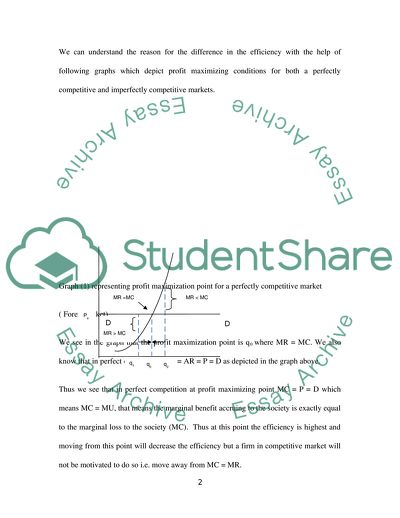Cite this document
(Market Efficiency Issues Assignment Example | Topics and Well Written Essays - 2250 words, n.d.)
Market Efficiency Issues Assignment Example | Topics and Well Written Essays - 2250 words. https://studentshare.org/marketing/1736975-economics-202-2
Market Efficiency Issues Assignment Example | Topics and Well Written Essays - 2250 words. https://studentshare.org/marketing/1736975-economics-202-2
(Market Efficiency Issues Assignment Example | Topics and Well Written Essays - 2250 Words)
Market Efficiency Issues Assignment Example | Topics and Well Written Essays - 2250 Words. https://studentshare.org/marketing/1736975-economics-202-2.
Market Efficiency Issues Assignment Example | Topics and Well Written Essays - 2250 Words. https://studentshare.org/marketing/1736975-economics-202-2.
“Market Efficiency Issues Assignment Example | Topics and Well Written Essays - 2250 Words”. https://studentshare.org/marketing/1736975-economics-202-2.


